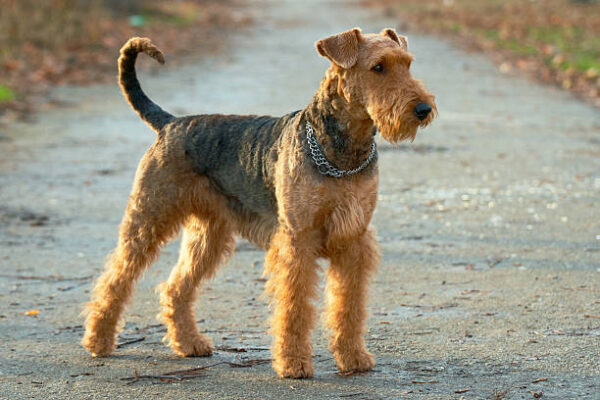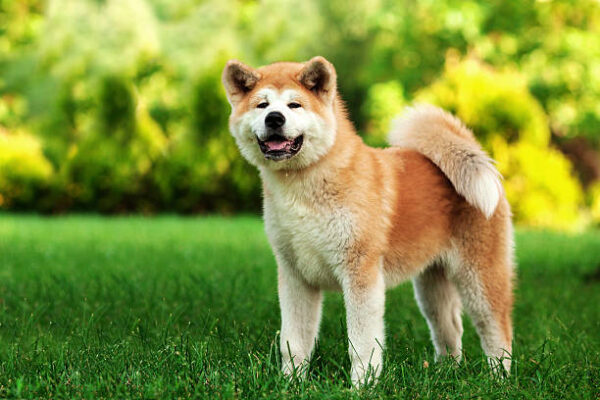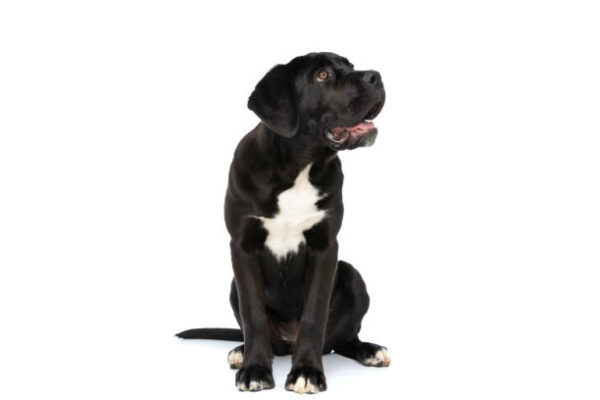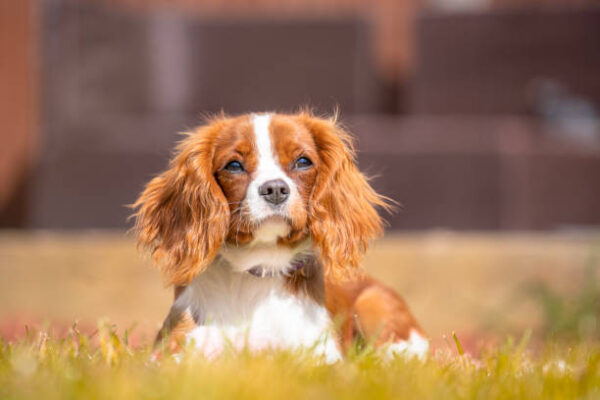Your cart is currently empty!
Norwegian Forest Cat
Norwegian Forest Cat The Norwegian Forest Cat is a sturdy cat with a distinguishing double coat and easily recognizable body shape. This is a slow maturing breed, attaining full growth at approximately five years of age. Personality Natural athletes, Norwegian Forest Cats love to investigate counters, bookcases, and the loftiest peaks of their cat trees. […]
Description
Norwegian Forest Cat
The Norwegian Forest Cat is a sturdy cat with a distinguishing double coat and easily recognizable body shape. This is a slow maturing breed, attaining full growth at approximately five years of age.
Personality
Natural athletes, Norwegian Forest Cats love to investigate counters, bookcases, and the loftiest peaks of their cat trees. Wegies are active and playful and retain their fun-loving spirit well into adulthood, but dont be fooled by the breeds impressive muscles and all-weather exterior. They are sweet, friendly, and family-oriented, and they love their human companions.
Physical Attributes
Body
Solidly muscled and well-balanced, moderate in length, substantial bone structure, with powerful appearance showing a broad chest and considerable girth without being fat. Flank has great depth. Males may be large and imposing; females may be more refined and smaller.
Head
Equilateral triangle, where all sides are of equal length as measured from the outside of the base of the ear to the point of the chin. The neck is short and heavily muscled. Nose is straight from the brow ridge to the tip of the nose without a break in the line. The flat forehead continues into a gentle curved skull and neck. Chin is firm and should be in line with the front of the nose. It is gently rounded in profile. Muzzle is part of the straight line extending toward the base of ear without pronounced whisker pads and without pinch.
Ears
Medium to large, rounded at the tip, broad at base, set as much on the side of the head as on top of the head, alert, with the cup of the ear pointing a bit sideways. The outsides of the ears follow the lines from the side of the head down to the chin. The ears are heavily furnished.
Eyes
Large, almond shaped, well-opened, and expressive, set at a slight angle with the outer corner higher than the inner corner. Eye color is typically shades of green, gold, green-gold, or copper. White cats and cats with white may have blue or odd eyes.
Legs & Paws
Medium, with hind legs longer than front legs, making the rump higher than the shoulders. Thighs are heavily muscled; lower legs are substantial. When viewed from the rear, back legs are straight. When viewed from the front the paws appear to be toe out. Large round, firm paws with heavy tufting between toes.
Tail
Long and bushy. Broader at the base. The length is usually equal to the body from the base of tail to the base of neck. May have guard hairs.
Coat
Distinguishing double coat, consisting of a dense undercoat, covered by long, glossy, and smooth water-resistant guard hairs hanging down the sides. The bib consists of three separate sections: short collar at neck, side mutton chops, and frontal ruff. Britches are full on the hind legs. The coat may be fuller in the winter than the summer because the dense undercoat has its full development in the winter. Softer coats may be found in shaded, solid, and bi-color cats.
Color
Every color and pattern is possible with the exception of those showing hybridization resulting in the colors chocolate, sable, lavender, lilac, cinnamon, fawn, point-restricted (Himalayan type markings), or these colors with white. Color and pattern is often clear and distinct. In the case of the classic, mackerel, and spotted tabbies the pattern should be well-marked and even.





